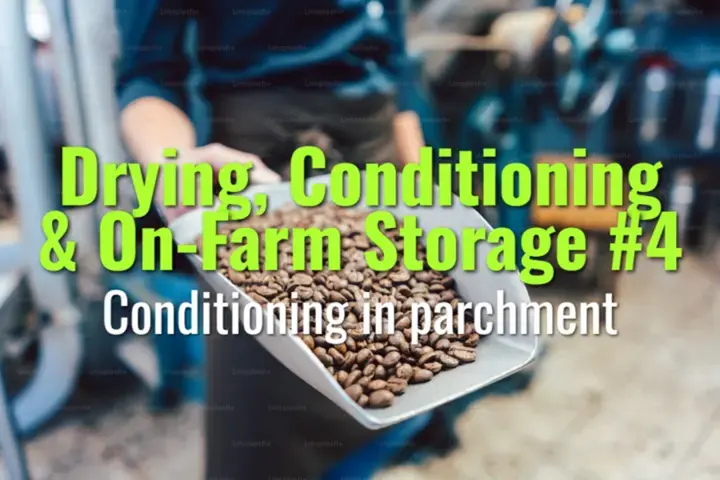
Conditioning in parchment
This topic explains the role of conditioning in parchment coffee after drying, how it stabilizes beans before hulling, and why this step is vital for flavor consistency and market quality.

This topic explains the role of conditioning in parchment coffee after drying, how it stabilizes beans before hulling, and why this step is vital for flavor consistency and market quality.
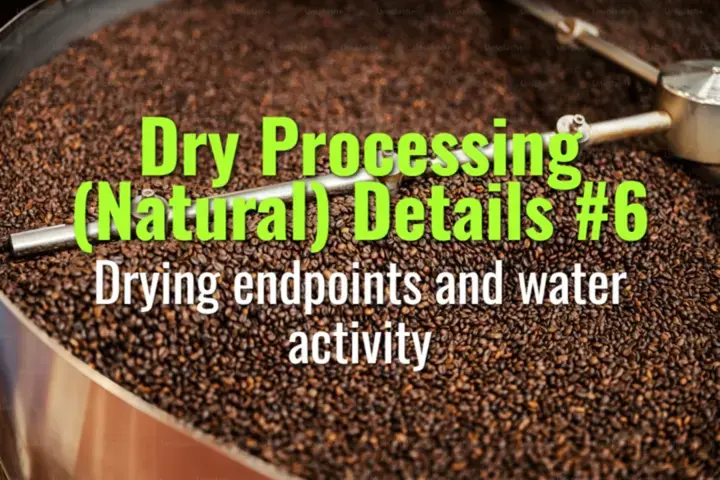
This topic explains how farmers determine the correct drying endpoints in natural coffee processing, the role of water activity, and why precision at this stage ensures stability, quality, and shelf life.
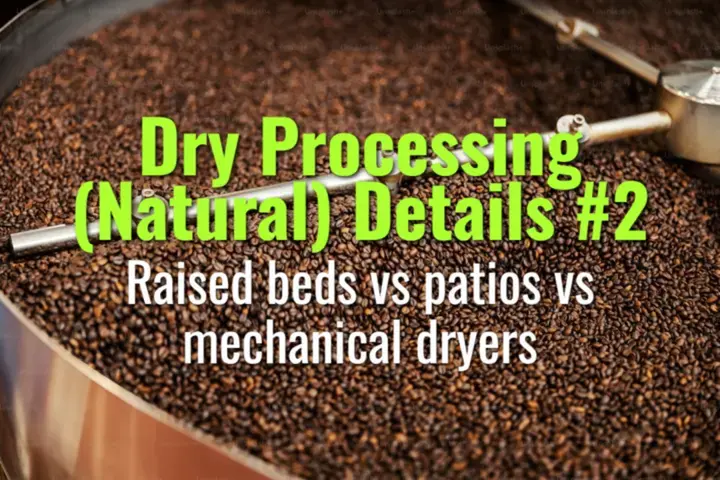
This topic explains the three main drying methods in natural coffee processing—raised beds, patios, and mechanical dryers—comparing their processes, advantages, challenges, and impacts on flavor quality.
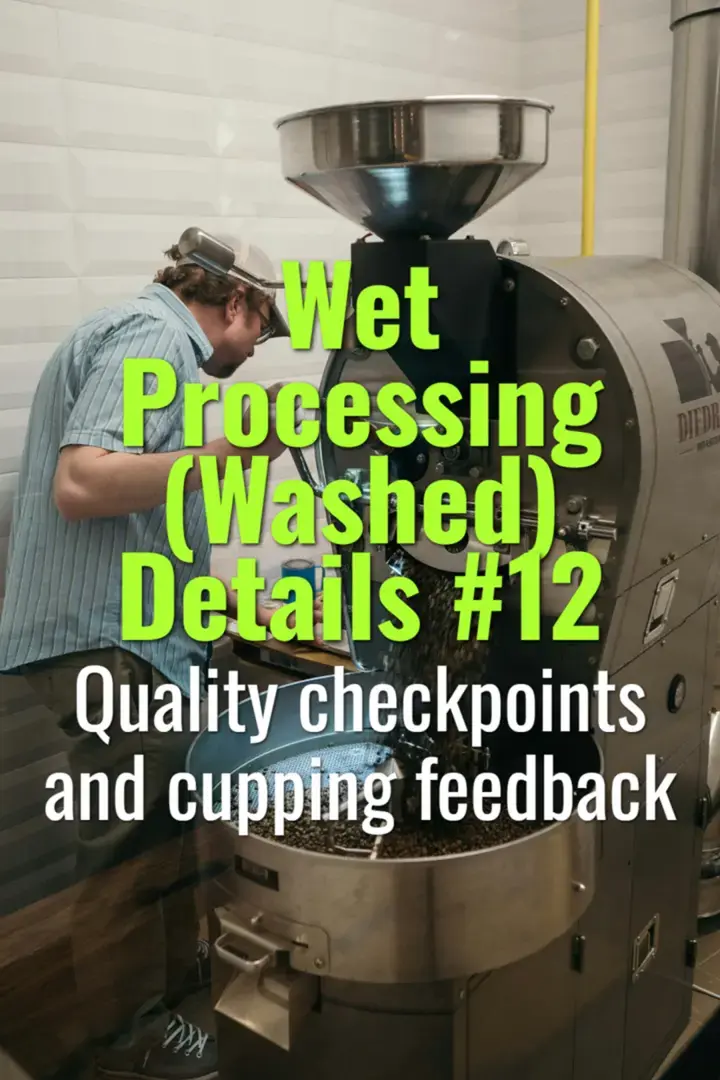
This topic explains how quality checkpoints are established during washed coffee processing, and how cupping feedback connects processing practices to final flavor outcomes.
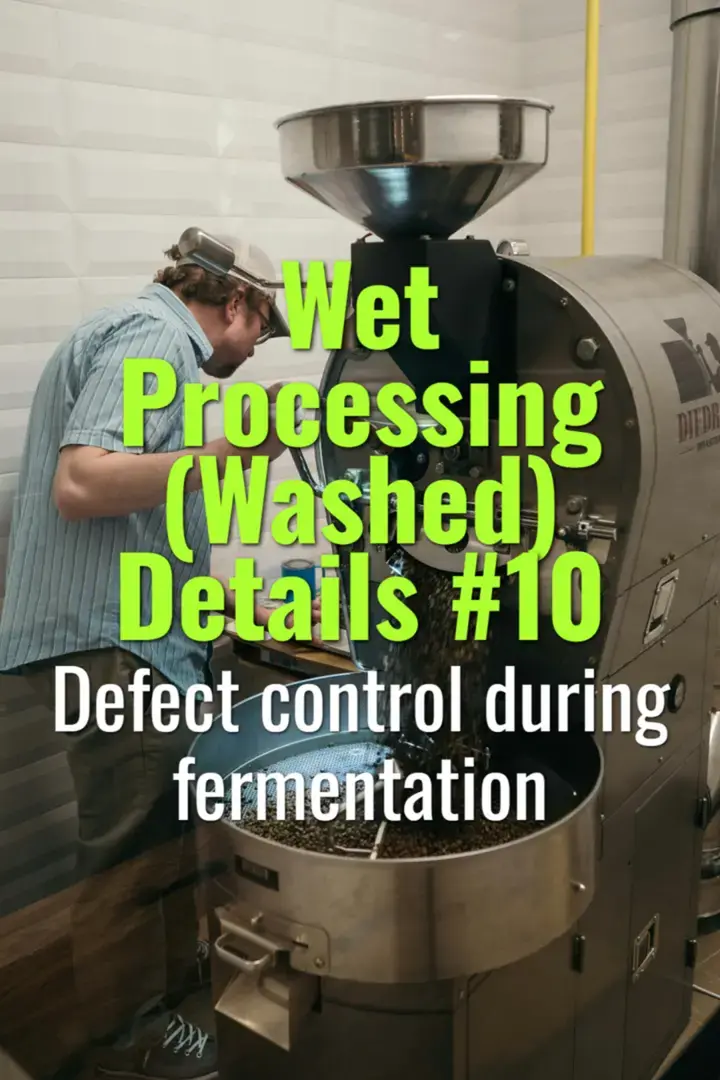
This topic explains the common defects that can occur during coffee fermentation in washed processing, their causes, and the management practices that prevent them.
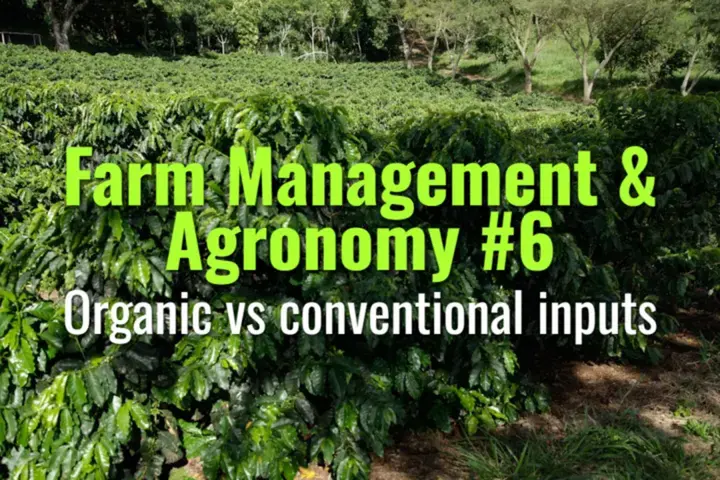
This topic compares organic and conventional farming inputs in coffee production, examining their benefits, limitations, and roles in sustainability and cup quality.